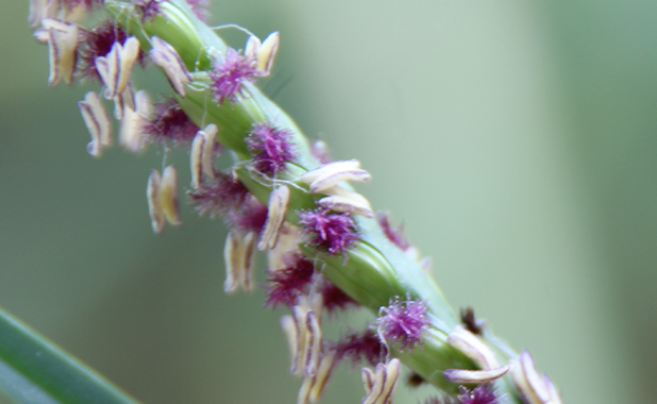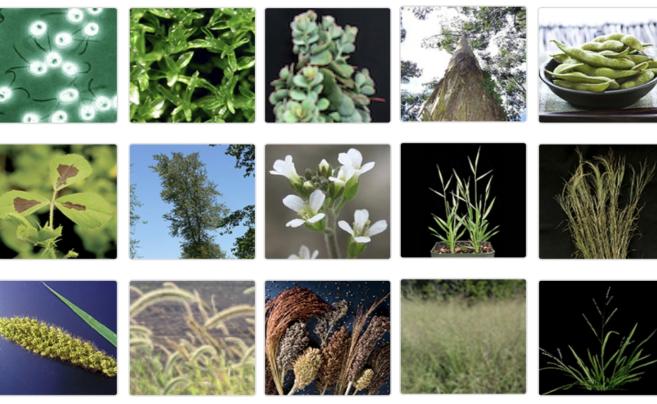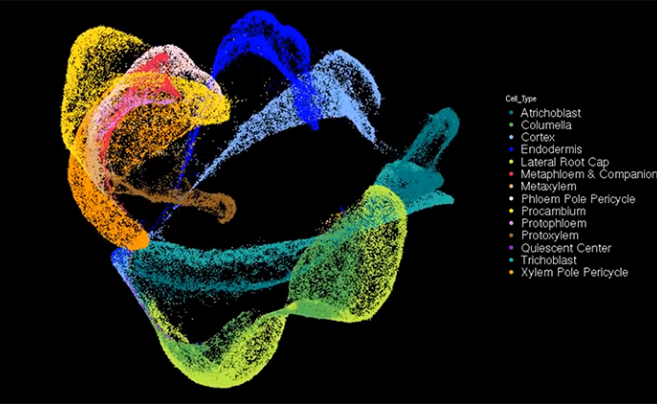Understanding the shared genetic toolkit of ancestral and present-day plants
The Science
In a recent Nature Genetics paper, researchers focused on the full composition of genes, or pangenome, of the model plant Marchantia polymorpha. Commonly known as liverwort, this was done to gain insights into gene families involved in adaptations seen in later plant lineages. The team found that some of the adaptation strategies used by liverwort are also seen in flowering plants, or angiosperms, suggesting they are evolutionarily conserved across plant lineages. They hypothesized that certain gene families — including fungal genes horizontally transferred — contributed to the ecological resistance of plants to the Earth’s ever-changing harsh habitats, thus allowing them to spread across most of the plant’s ecosystems.
The Impact
For decades, the liverwort M. polymorpha has been used as a model for evolutionary studies. Its place among early-diverging plant lineages makes it ideal for comparative genomics studies, offering insight into genes critical for roles including plant growth and cell wall development. M. polymorpha is also among one of the plants representing 35 major evolutionary plant lineages in the Open Green Genomes Initiative, a project supported by the U.S. Department of Energy (DOE) Joint Genome Institute (JGI), a DOE Office of Science User Facility located at Lawrence Berkeley National Laboratory through the Community Science Program. The comparative framework provided by these high quality reference genome sequences could help researchers better understand related genes in more complex plants that could be applied toward DOE-relevant bioenergy and environmental interests.
Summary
As the planet has changed, so have plants. Curious about their ability to adapt to changing environments, scientists have turned their attention to the pangenomes of plants.
Pangenomes encompass a plant’s genetic diversity beyond a single reference genome, which is key to understanding its full evolutionary history. Through studies of the Marchantia pangenome, scientists developed a resource that associates plant’s genetic variants with specific adaptation mechanisms they had identified. For example, in comparing how liverwort and flowering plants had adapted to their environments, two gene families—peroxidases and nucleotide-binding leucine-rich repeats (NLRs) —stood out for their roles. Peroxidases are enzymes known to help a plant to adapt to environmental stresses and are one of the gene families in Marchantia and later plant lineages that independently expanded. Along with NLRs, the diversified peroxidases are associated with adaptation strategies in Marchantia and in flowering plant lineages.
With the information about Marchantia-specific innovations and adaptations, scientists want to take a further look into identifying genes related to biotic stresses to better understand the genetic characterization of the liverwort. Additionally, they want to expand their research into analyses of early-diverging land plants to further understand their evolutionary history.









